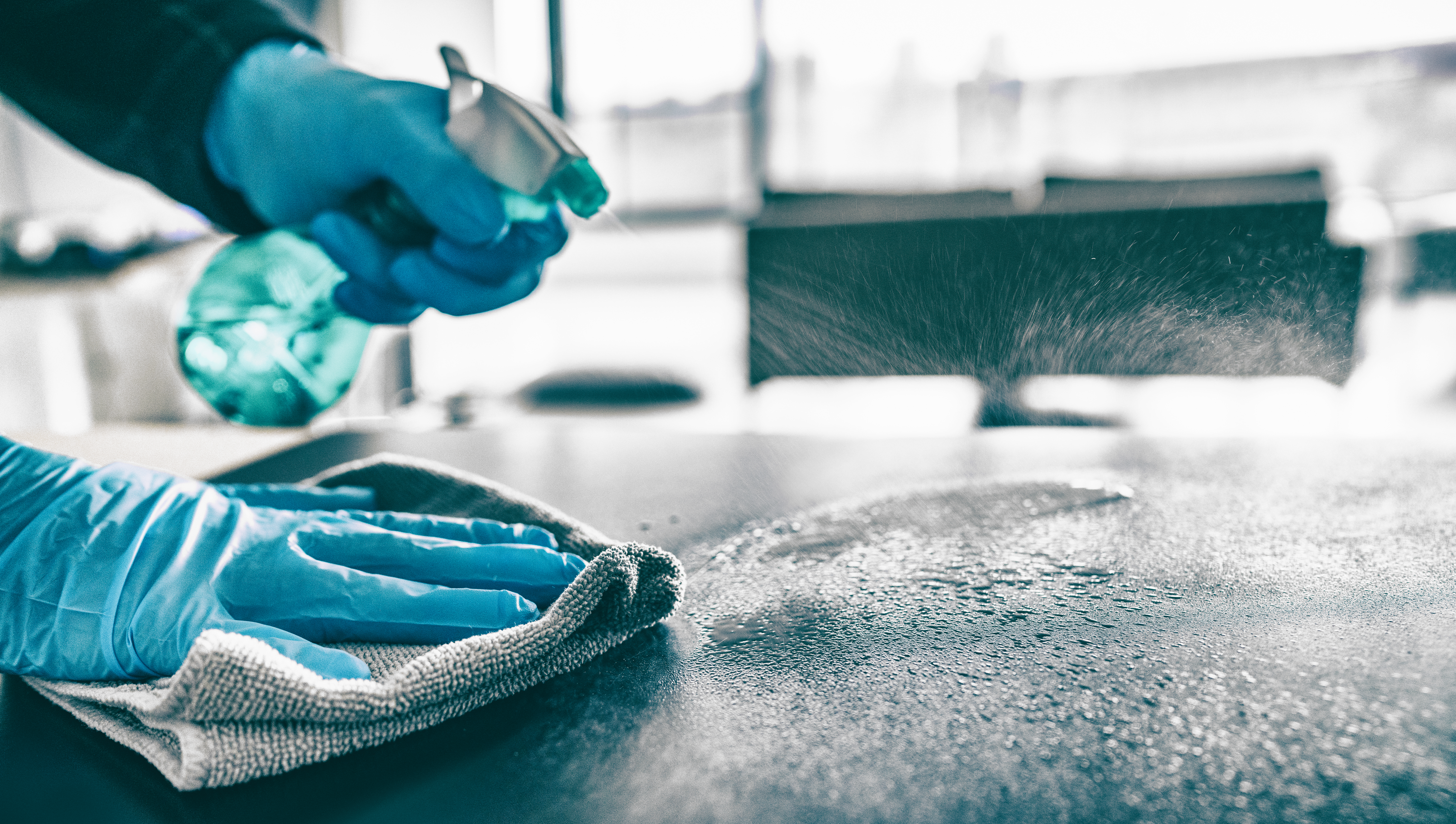Applying Standard Precautions
All Healthcare Workers (clinical and non-clinical) and volunteers must utilise standard precautions whenever contact is anticipated or there is a potential risk of contact with non-intact skin, mucous membranes, and body substances, including blood, faeces, urine, sputum, saliva, and wound drainage.
If there are known infectious organisms/pathogens, or a potential risk has been identified, an infection control risk assessment should be completed with relevant care planning documented. In this case, standard precautions may need to be supported by implementing additional or transmission-based precautions.
 All healthcare workers should receive appropriate education and training and demonstrate competencies in practice relevant to their position on induction and ongoing education programs.
All healthcare workers should receive appropriate education and training and demonstrate competencies in practice relevant to their position on induction and ongoing education programs.
When Do We Use Them?
Standard precautions should be applied at all times during care.
This includes:
Use of personal protective equipment (PPE)
Respiratory hygiene (cough etiquette)
Environmental cleaning
Reprocessing of medical instruments and equipment
Appropriate handling of linen
Standard precautions should always be applied when in contact with blood, body fluid, secretions, excretions, non-intact skin, and mucous membranes.